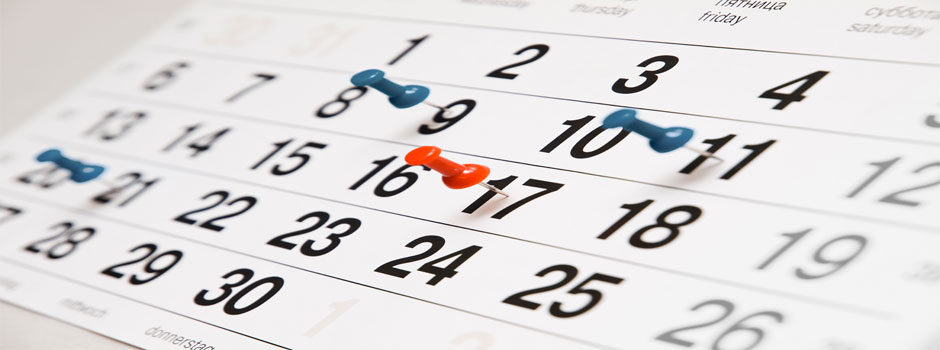A WELL-ORGANISED DAY PLANNER = A QUALITY NEWSPAPER
The quality of a newspaper’s content is proportional to that of the day planner that shapes it. A reliable day planner is split into three sections:
The schedule of breaking news: a daily list of events that have been announced on that day by identified sources. It allows the journalist to prepare for how they are going to handle current affairs. For example: “I am planning a one-and-a-half column article tomorrow to report on the Prime Minister’s speech announced for this afternoon”.
The schedule of foreseeable news: what needs to be done to organise the handling of future news in the short, medium and long term. It allows future news to be pre-empted.
For example: I need to arrange some meetings to take stock of the social situation in the lead-up to the anniversary of last year’s riots.
The schedule of selected news: personal topics with high added value. This allows the journalist to include subjects designed to complement or act as a counterpoint to immediate or foreseeable news in their programme.
For example: “the news is depressing, I’m going to interview the small, independent grocer on the corner who is always good for a laugh…”.
When working as a team, a shared day planner is better than individual day planners.
FIVE WINDOWS TO OPEN EVERY DAY
The first thing that the “news” researcher must do every day is open the windows that look out on the information fields.
There are five natural windows: radio, television, the internet, the written press and the local pub or café.
I keep up to date with current affairs by listening to the radio, watching television, surfing the web in search of information, reading the latest news and listening to what people are saying in the local pub, café or grocery store. So I get up early.
This everyday discipline allows journalists to:
- Update their day planners by integrating contributions from other media into their plans.
- Evaluate their own output by comparing it with that of their peers. Develop a sense of self-criticism that prevents them from falling into the trap of self-satisfaction.
DOCUMENTATION = ADDED VALUE
The second thing that journalists looking to optimise their professional performance must do each day is save contributions from other media. Comparing my output with that produced by others enriches my knowledge of the subjects that I deal with within the scope of my responsibilities. The best documentation makes the best articles.
All you need is a pair of scissors to cut out and archive excerpts from the written press each day, which, when combined and archived in chronological order or in accordance with their subject-matter, create a personalised library for the journalist on the hunt for editorial added value.
THE PITFALL TO AVOID
The day planner must never be taken as gospel. It never sums up the whole of reality. Journalists can therefore easily fall into traps if they allow the rules for drawing up the day planner to be dictated to them by communication professionals.
THE QUESTION TO ASK ONESELF
Once I have considered the various ways in which I can turn my day planner into editorial topics, I ask myself one final question: what more can I do or what can I do better to make the content of my newspaper more enlightening than the content produced by others?

